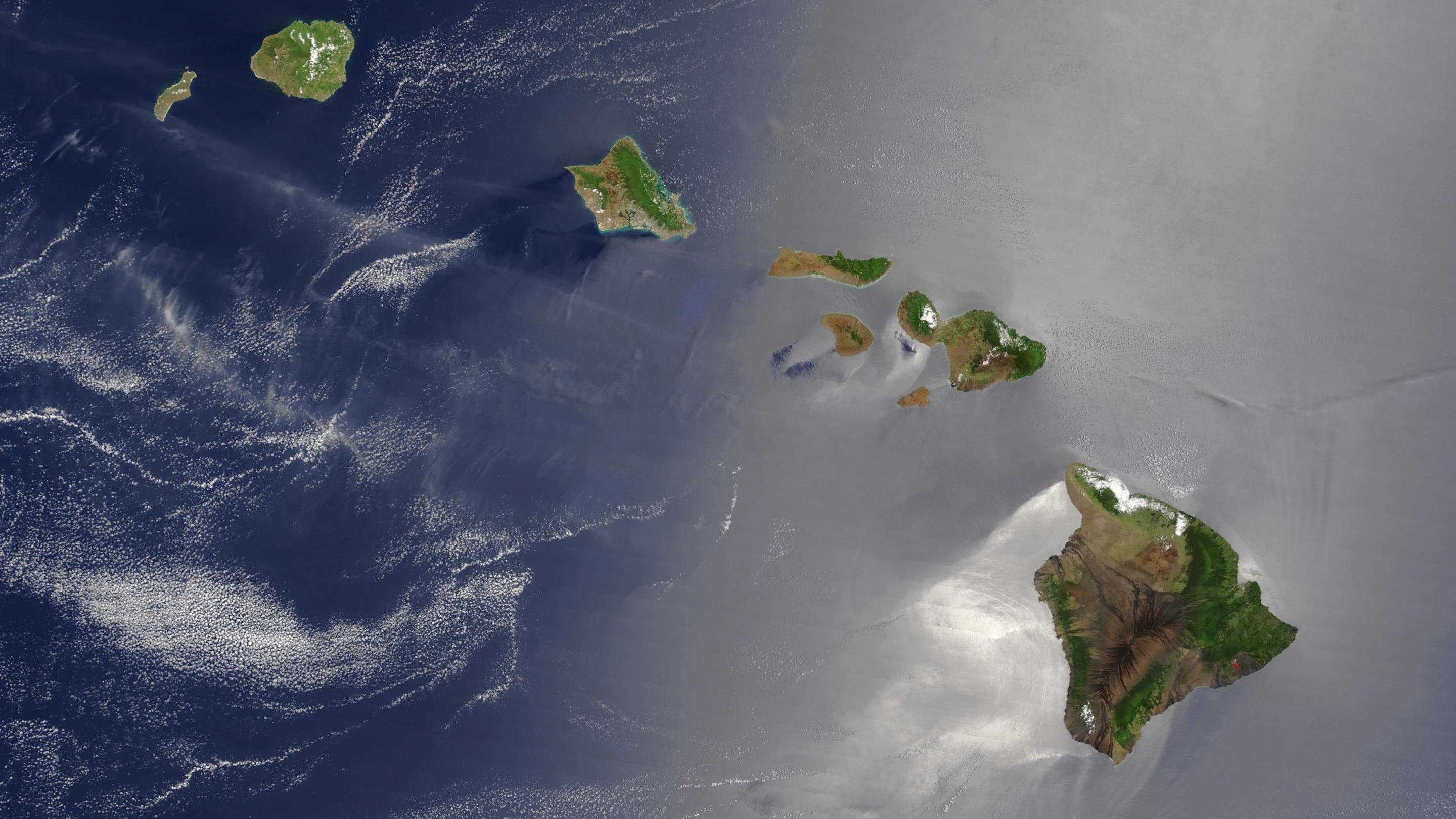Hawai‘i County residents believe a new county law regulating cell phone towers doesn’t go far enough.
Last week, the Hawai‘i County Council passed a bill that has been in development since February, which sets certain standards for how telecommunications antennas are installed throughout the island.
Among other things, Bill 24 removes the requirement for cell towers to receive a use permit from the county Planning Department, allowing them to be built at the Planning Director’s approval without going through a lengthy public hearing process. It also allows towers to be built in all zoning districts on the island.
In exchange, the bill establishes a series of requirements determining where and how cell towers can be sited within each zoning district. For example, it requires minimum setbacks from all property lines equal to at least 120% of the tower’s height, and at least 600 feet from any residence or school.
These requirements are more stringent than those on O‘ahu, where freestanding antenna towers only have a required setback of at least one-fifth the tower’s height, or, in the case of towers supported by guy wires, equal to its height.
Nonetheless, many Big Islanders felt the new restrictions don’t go far enough. Throughout the bill’s development, testifiers urged the council to approve a version that mandated a 1,200-foot minimum setback.
“Why bring cell towers closer and closer?” said Hāmākua resident Kevin Hill at the council’s June 18 meeting. “Why do we need more and more wireless internet? We don’t need it, not for the benefit of our kids practically, and we don’t need it because of proximity and damage to their bodies. Get it farther away, farther than 600 [feet], farther than 1,200 [feet], put it farther away.”
Cell towers on Hawai‘i Island have been a notoriously prickly subject for years, with new planned constructions almost always generating hours of negative testimony from residents concerned about potential health impacts associated with electromagnetic radiation emitted by the towers.
Currently, no reputable health organization has identified any positive correlation between radiofrequency waves emitted by cell towers and higher cancer risks.
In any case, federal law makes moot such concerns: the Telecommunications Act of 1996 doesn’t allow municipalities to reject applications for cellular infrastructure over radiofrequency health concerns, so long as the infrastructure meets Federal Communications Commission guidelines.
Representatives of multiple telecommunications companies reminded the Hawai‘i County Council of that fact. Both Verizon and AT&T submitted letters to the council expressing concerns about the 600-foot setback requirement, with the Verizon letter arguing that the restrictions are excessive, unnecessary, and limit the ability to develop wireless facilities near where people work and live, “where the demand for reliable wireless service is the greatest.”
The Verizon letter suggested that the 600-foot setback be waived “where no other viable solution is feasible” so that it doesn’t become a de facto prohibition, which would be a violation of federal law.
However, the council voted unanimously to pass on final reading a version of the bill that does not include that waiver.
For the latest news of Hawai‘i, sign up here for our free Daily Edition newsletter!





